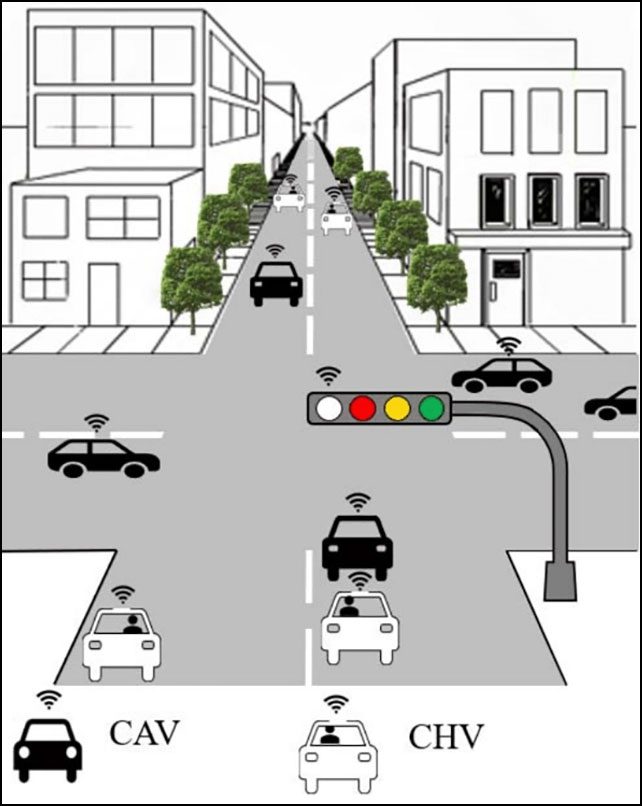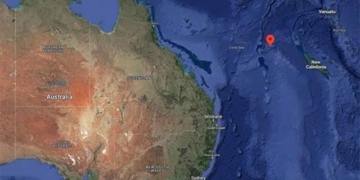In a hypothetical future, as self-driving cars flood busy roads, traffic lights could be equipped with a fourth color, instead of the current three colors.
Researchers at North Carolina State University (USA) are proposing the color white as a new signal for traffic lights to communicate with self-driving vehicles as these vehicles approach busy intersections. The addition of this light color will help reduce traffic congestion and overall fuel consumption.
Unlike human-driven vehicles, personal cars and trucks operating autonomously will not need to ‘see’ the white traffic light, as they will communicate wirelessly with other vehicles.
However, it will still be displayed on the traffic light pole as a sign to guide drivers and passengers to follow the movement of self-driving vehicles at intersections.

White could be the new color on traffic lights to signal self-driving vehicles as they approach busy intersections.
“Red still means stop. Green still means go. And the white light will require drivers to simply follow the self-driving vehicle in front of them,” said engineer Ali Hajbabaie at North Carolina State University.
“The concept we are proposing for traffic intersections, which we call the white phase, aims to leverage the computational power of self-driving vehicles.”
Specifically, self-driving vehicles will “communicate” with each other and with traffic lights at intersections within a certain range.
This will help coordinate traffic flow more effectively and intelligently—such as prioritizing roads with heavier traffic and advising on optimal speeds.
Any human-driven vehicle will be notified to follow the vehicle in front of them through the white light: stop if the vehicle stops, continue if the vehicle moves on.
When the number of self-driving vehicles at an intersection falls below a certain threshold, the traffic lights will revert to the standard red, yellow, and green options.
In simulation models, self-driving vehicles have demonstrated the ability to improve traffic flow while simultaneously reducing fuel consumption. The higher the percentage of self-driving vehicles at an intersection, the faster the traffic flow, with improvements ranging from 40% to 99% in reducing congestion.
“Granting some control over traffic flow to self-driving vehicles is a relatively new idea. This is called mobile control modeling. It can be used to coordinate traffic flow in any situation involving self-driving vehicles,” the researchers asserted.
“But we believe it is important to incorporate the concept of the white signal light at intersections because it informs drivers of what is happening, so they know what to do as they approach an intersection.“


















































